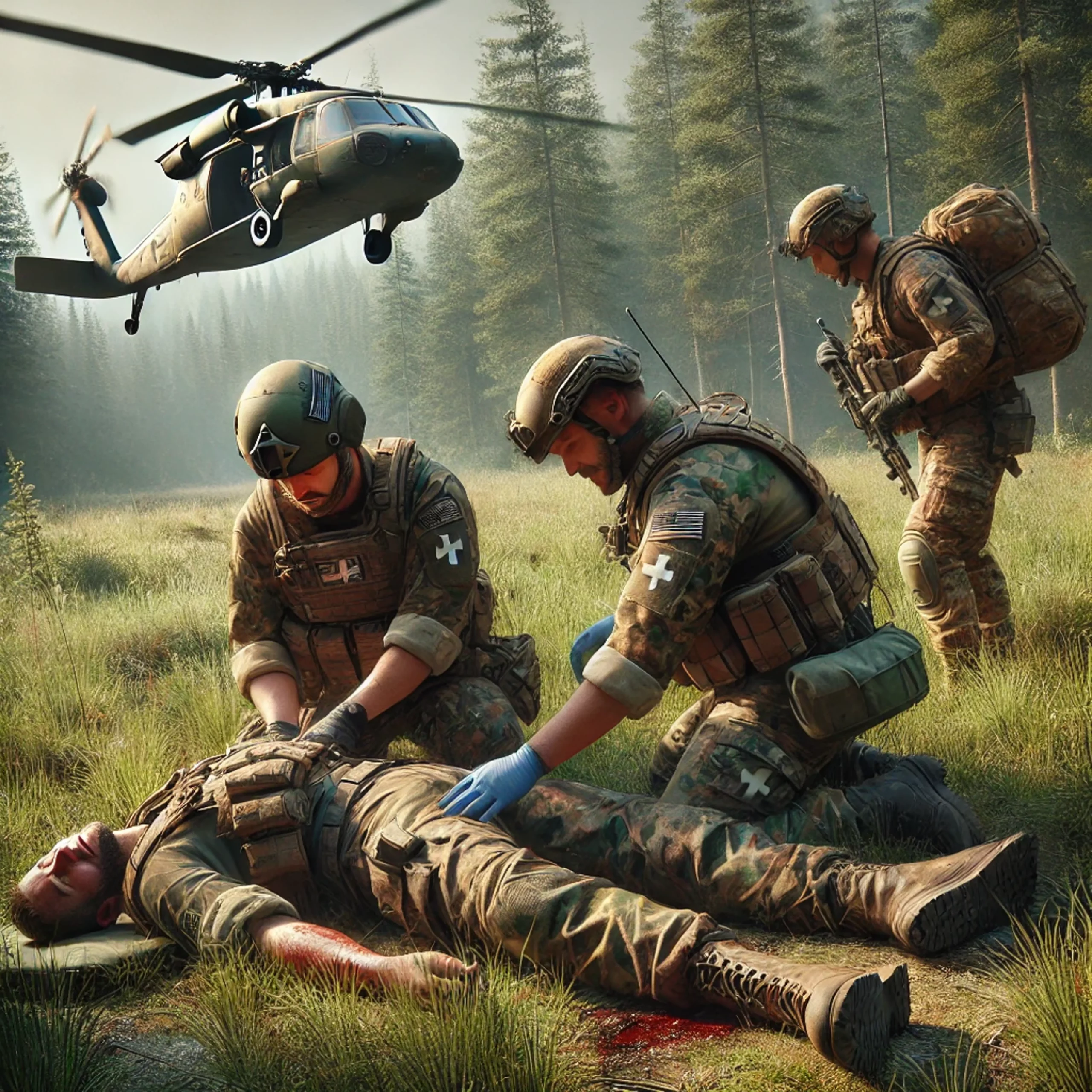Navigating the Challenges of Medical Evacuation for Injured Soldiers in Remote Woodland Operations
In military intelligence operations that take place deep in remote woodlands, far from traditional infrastructure and major roadways, the logistics of managing wounded personnel becomes a sophisticated balancing act. From assessing vital health indicators in real-time to planning for rapid extraction, every decision is crucial to preserving the lives of injured soldiers. Yet, the extreme isolation and limited resources available in such scenarios add a layer of complexity that requires meticulous planning, resourceful thinking, and agile coordination.
Monitoring Vital Parameters in Isolated Settings
One of the first hurdles in treating a wounded soldier in a remote environment is gathering and interpreting vital health data. Far from the modern medical equipment of field hospitals or advanced care facilities, medics rely on portable, battery-powered devices to assess critical parameters such as body temperature, pulse, respiratory rate, and blood oxygen saturation. These indicators provide immediate insights into a soldier’s condition and guide decisions on triage and treatment. For example, a drop in oxygen saturation might signal compromised lung function, which would require immediate intervention to prevent further respiratory distress.
However, even the most sophisticated portable equipment has its limitations in extreme conditions. Harsh weather can affect the accuracy of readings, battery life is often limited, and maintaining sterility and proper device calibration in the field can be difficult. Additionally, soldiers may be suffering from injuries that are difficult to detect immediately, such as internal bleeding or traumatic brain injuries, which require advanced diagnostics. Without access to this information, medics must rely on their training and experience to make critical decisions with incomplete data.
Extraction Challenges in Inaccessible Terrain
After stabilization, the priority becomes evacuation—a formidable task in remote woodlands with limited access points. Extracting an injured soldier quickly is vital to prevent further health deterioration, yet dense forests, uneven ground, and the absence of clear paths mean that typical methods, such as vehicle evacuation, are often impractical. Helicopter evacuations, which offer the most efficient solution in terms of time and accessibility, require precise coordination and are contingent upon suitable landing zones, which may not be readily available in such environments. To prepare for helicopter extraction, teams might need to clear an area manually, exposing themselves to additional risks, including enemy detection.
Weather conditions can further complicate aerial extractions, as poor visibility and turbulent winds may make flight dangerous or delay it altogether. In cases where helicopters cannot be used, medics might need to rely on stretcher-bearers or rugged, all-terrain vehicles—both of which are labor-intensive, time-consuming, and physically demanding, especially if the soldier must be carried for several kilometers to the nearest accessible road.
Resource Allocation in Scarcity and Complexity
Beyond the physical extraction lies the complexity of resource allocation. In warfare, resources like medical supplies, personnel, and transportation vehicles are finite and must be rationed carefully. Each medical extraction consumes significant time, energy, and equipment that could otherwise be reserved for other strategic needs. Decision-makers must constantly weigh the urgency of each case, considering factors such as injury severity, the soldier’s role in the mission, and the likelihood of successful extraction. Scarcity may mean that commanders have to make difficult choices, opting to delay or forgo extraction if the mission’s overarching goals are at risk.
These logistical decisions require seamless communication and real-time intelligence, but remote locations often suffer from limited signal coverage and are prone to equipment interference. In some cases, coordination might depend on satellite communications, which, while effective, are not foolproof and can be compromised by environmental or operational factors.
The Need for Innovation and Preparedness
Given these complexities, military teams are increasingly focused on enhancing remote medical care capabilities and logistical planning. Advances in remote-monitoring technologies, such as portable biometric sensors, can offer real-time vital data that’s transmitted directly to nearby medics or command centers. Drones equipped with medical supplies could provide timely assistance, while autonomous vehicles or robotic stretchers may one day support extraction efforts in otherwise impassable areas.
In the absence of these emerging technologies, preparation remains paramount. Remote operations demand rigorous training in field medicine, tactical evacuation planning, and adaptive problem-solving. Ultimately, ensuring that every team member is equipped to manage the unpredictable, life-threatening realities of remote extractions will continue to be essential for effective and humane military operations.





